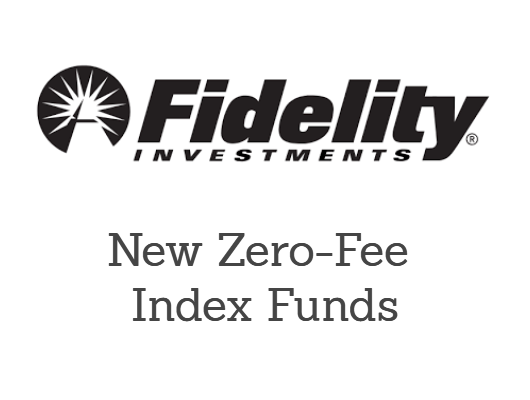In the run up for the December monetary meeting of the European Central Bank, many investors were counting on further easing. Almost all analysts expected ECB-President Draghi to announce a deposit rate cut of at least 15 basis points and at least EUR 10 billion of additional purchases in the QE-program. As a result, markets rose steadily in the weeks preceding the meeting. However, Draghi failed to deliver and offered only a 10 basis point cut and no additional QE-purchases. As a result, European stock markets dropped over 3.5% and the EURUSD exchange rate rose with more than 2% in a short time, continuing to an increase of 3% on the day. This once more shows how dangerous it is to move too far ahead of the curve.
How could traders be so wrong about their projections? First of all, in the communication ahead of the meeting, a number of ECB Governing Council-members indicated that the ECB stands ready to act. During the press conference of the previous monetary meeting, President Draghi told reporters that the ECB would evaluate several policy measures in order to implement further stimulus to push up inflation. Eurozone inflation remains stubbornly low and core inflation came in at 0.9% YoY. This is well below the ECB’s target of close, but below 2%. The undershooting gave investors further confidence that the ECB needs to act. During the previous important meetings, in particular the meeting in January when Draghi unfolded the QE-program, the ECB has built a reputation to top expectations of market participants. In the end, Draghi and his fellow board members gave us only a 10 basis point cut in the deposit rate and a widely anticipated extension of the QE-program until March 2017. The extension is also needed since some liquidity programs, such as TLTRO will end during that time. The ECB also announced to buy bonds of regional and local governments, but buying the same amount per month, this is not much additional stimulus.
What can investors learn from this event? First of all, there’s no such thing as a ‘done deal’ regarding monetary policy measures. We should keep in mind that central bankers actually still stick to the guideline ‘we never pre-commit’ despite all the talk. Next to that, when expectations are high going into an event, disappointment may lure. A large number of market participants could well have placed their bets on additional measures already, leaving not much room for upside. But most importantly, volatility may persist in the market close to key central bank meetings.
That makes the FOMC meeting of December 15 a highly interesting event. Many FOMC-members said to favor normalization, including Fed-Chair Yellen. The CME FedWatch tool indicates a 75% possibility of a liftoff, so we can expect quite some price action if the Fed decides to stand pat. The ECB-shock learns us that we shouldn’t buy too much in the words of the FOMC bankers. Investors should be very cautious in ‘predicting’ the outcome of the December 15 meeting.
An additional problem for markets is that many positions are ‘crowded’. That means that positions are skewed in one direction. For example, market participants placed their bets on diverging paths between the European Central Bank (more QE) and Federal Reserve (liftoff). So positions are skewed into short EUR, long USD. Since Draghi failed to deliver, EUR shorts had to be closed, causing a chain reaction and excessive price action, leading to a one-day jump of 3% in the EURUSD exchange rate. Potential spill overs could occur. Due to closing of the EUR shorts, other positions which were opened as a hedge need to be closed. Positions could also need to be closed due to losses in the portfolio and margin calls.
The most important lesson is therefore: be prepared for more volatility.


